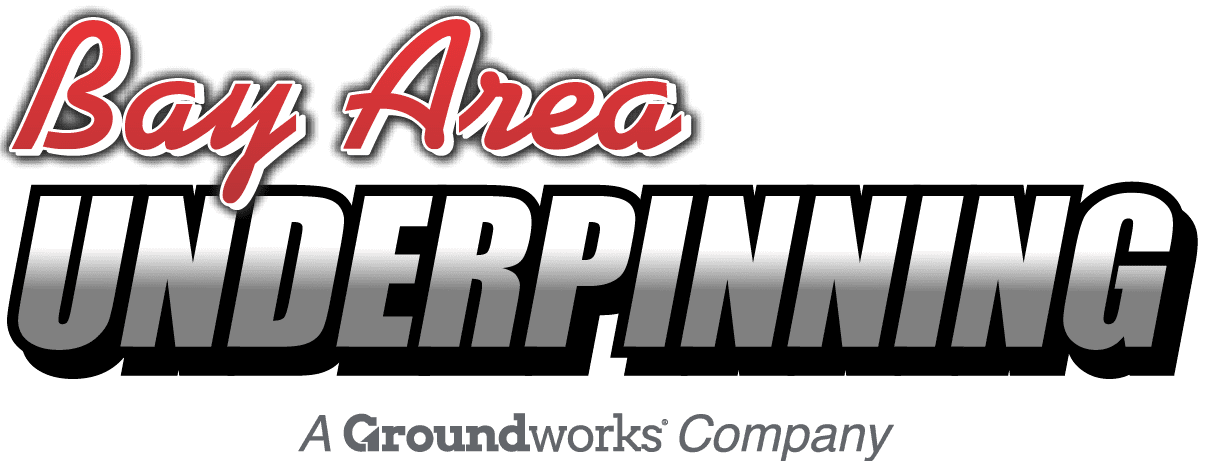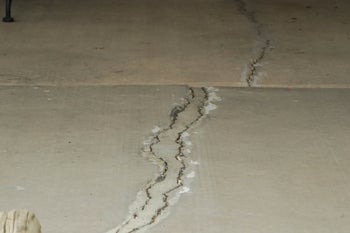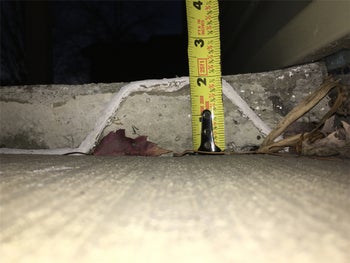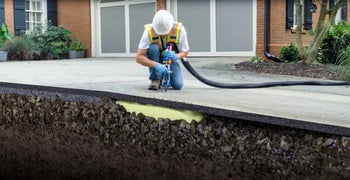Fixing Concrete Tripping Hazards
Table of Contents
1. What Are Concrete Trip Hazards?
2. What Causes Trip Hazards?
3. Common Places For Trip Hazards
4. Polyurethane Foam Injection
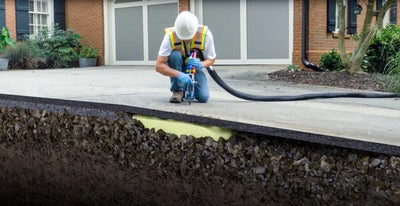
Uneven or sunken concrete slabs can create trip hazards on sidewalks, patios, pool decks, stairs, and other areas throughout a community. Because of this, concrete trip hazards present a liability risk for community associations. If someone trips and gets injured, it could lead to a personal injury lawsuit.
Concrete trip hazards also violate the Americans with Disabilities Act (ADA). The Americans with Disabilities Act (ADA) of 1990 defines a “trip hazard” as any vertical change of over 1/4 inch or more at any joint or crack.
Anyone can bring an ADA lawsuit. They do not have to be disabled themselves. ADA lawsuits are lengthy, stressful, and expensive. Even cases that settle out of court can be $40,000, on average.
What Are Concrete Trip Hazards?
A concrete trip hazard could be anything from an uneven or cracked sidewalk, walkway, pool deck, patio, or driveway. It’s an unsafe situation that could result in injury should anyone trip and fall.
What Causes Trip Hazards?
Uneven and cracked concrete slabs such as sidewalks and driveways are caused by various things including soil that wasn’t correctly prepared before the slab was poured, expansive soil, erosion-prone soil, poor drainage, the freeze-thaw cycle, and invasive tree roots.
Common Places For Trip Hazards
Anywhere there’s a concrete slab there’s the potential for a trip hazard if the slab becomes uneven or damaged in some way. This might be a sidewalk, driveway, patio, pool deck, or some other type of concrete slab.
Polyurethane Foam Injection
At Bay Area Underpinning, we use polyurethane foam injection to lift uneven sidewalks and other concrete slabs. Here is a video below that shows a bit of our process.
Polyurethane foam injection – also known as “slabjacking or foam jacking” – is a minimally-invasive procedure that raises uneven slabs without destroying them by grinding or cutting. Once the polyurethane foam is injected firstly as a liquid it will penetrate weak soil and difficult to reach voids as it expands and dries.
Polyurethane foam is:
- Waterproof
- Flame-retardant
- Noninvasive
- Nonpolluting
Raising the uneven concrete with polyurethane foam injection is a simple, minimally-invasive 3-step process that lifts your concrete slab back to a safe position and eliminates the trip hazard:
- First, small 5/8” holes are drilled in the concrete in the area to be lifted.
- The polyurethane foam is injected under the concrete through ports placed in the holes. As the foam flows underneath the concrete, it expands, fills the void, and lifts the concrete back into place.
- Finally, the small holes are patched over.
Polyurethane foam injection is more cost-effective than digging up and replacing the slab. To add, shaving down the concrete slab doesn’t address the void and weak soil underneath. Therefore it is a temporary fix and makes the concrete not look as nice anymore. Most repairs are completed in just a few minutes and then the slab is immediately ready for safe use.
More Resources
Publish Date:
Last Modified Date:
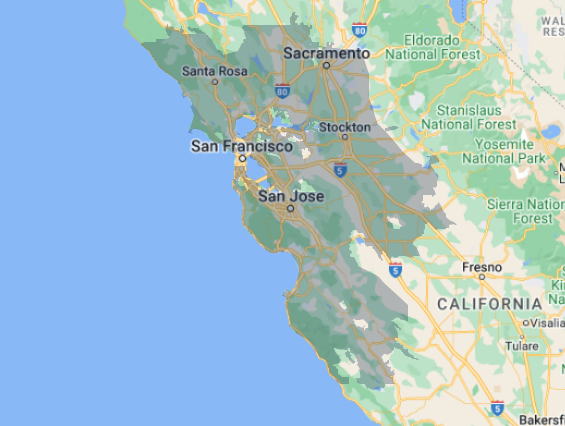
Our Locations
2333 Courage Dr. Suite C
Fairfield, CA 94533
1161 N Fair Oaks Ave
Sunnyvale, CA 94089
